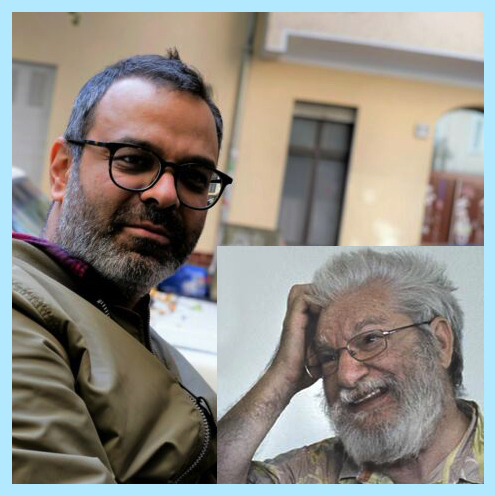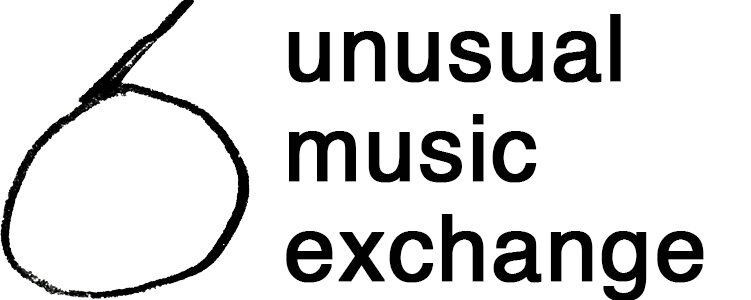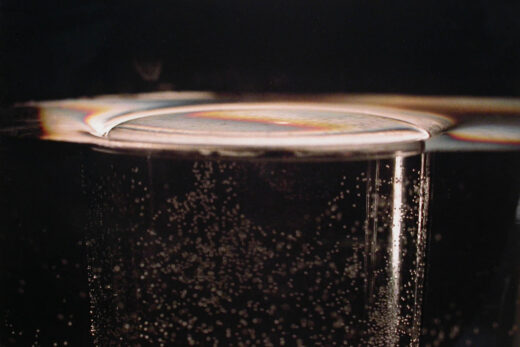Josh Thorpe and Asad Raza discuss Dan Graham, a radical American artist who died last year around this time. We listen to some of the music Dan loved and some we love — music as wide-ranging as Little Richard, Teenage Jesus and the Jerks, Ramones, Millie Small, Jacques Coursil, and composer Morton Feldman. Discussion covers humour, the body, messiness, the Shakers, New York in the 70s and 80s, and other things. Thanks to Dan’s partner Mieko Meguro and brother Andrew Graham for their help on this episode, as well as YYZ Artists’ Outlet for sponsoring.
To learn more about Dan Graham’s work, see the Marian Goodman exhibition “Dan Graham: Is There Life After Breakfast.” I especially recommend Peter Fischli’s essay on Dan’s mixed-tape CDs (which we refer to in the radio show).
Or you may enjoy a music video I made using a long shot of people interacting with his Met Museum rooftop pavilion. You’ll see people doing exactly the sorts of things Dan talked them about: goofing on their reflections, spending time with friends and family, taking selfies, being tourists, experimenting with reflections, almost dancing at times.

Artist Asad Raza creates dialogues and rejects disciplinary boundaries in his work, which conceives of art as a metabolic, active experience. Using actions and processes such as soil-making, tennis, and horticulture, his projects create encounters within and beyond the exhibition setting. They have been realized by institutions including the Whitney Museum of American Art, New York; Kaldor Public Art Projects, Sydney; Gropius Bau, Berlin; the Serpentine Galleries, London; Kunsthalle Portikus; Metro Pictures, New York; Urbane Kunst Ruhr, Essen; the Lahore Biennale; and his one-bedroom apartment.
And on Dan Graham, this is from Marian Goodman’s press release:
Dan Graham’s work developed within the legacy of Pop, Minimalism, and Conceptual art. His early conceptual works from the late 1960s onwards include works for print media, essays, performance, and video works. From 1969-1973, his film works explored the relationship between the viewer and viewed, ultimately influencing his approach to the architectural pavilions. Hybrids between sculpture and architecture, the pavilions and architectural models are rooted in everyday urban life and utopian ideals, by applying materials for the modern city to architectural designs.
From the late 1970s onward, Dan Graham focused on these architectural models and pavilions for gardens or urban contexts. The adoption of an architectural vocabulary, a staple element in Graham’s work, was his way of emphasizing how our environment fundamentally structures our gaze. The two-way mirror is an integral part of the pavilions, which allows light to enter the structure while protecting the privacy of those inside. In addition to the multifold play of reflection and reflexivity, this type of glass also makes us aware of the immediate past—a key!
Listen to more Unusual Music Exchange radio shows. And here’s the link to Dan Graham’s Rock My Religion on Vimeo.




